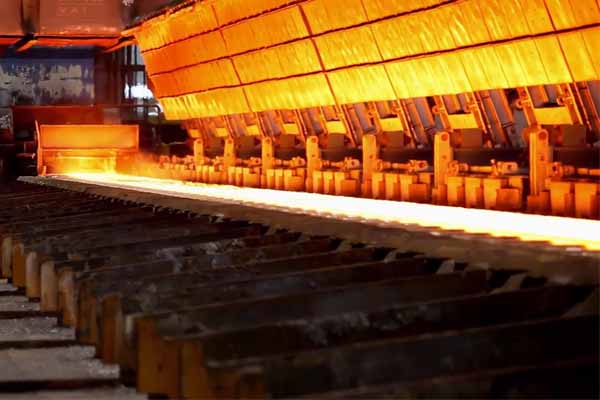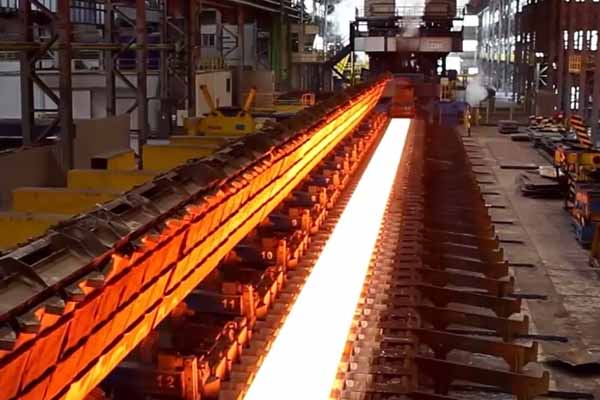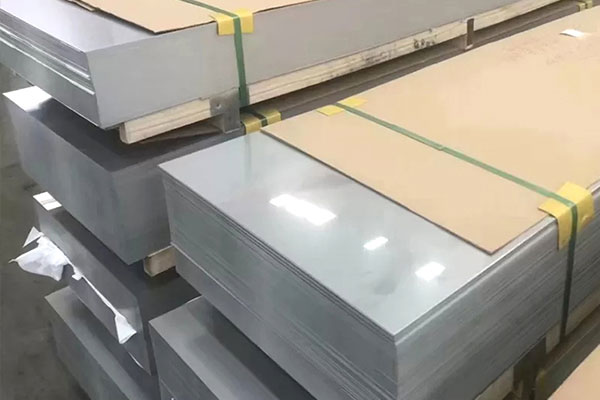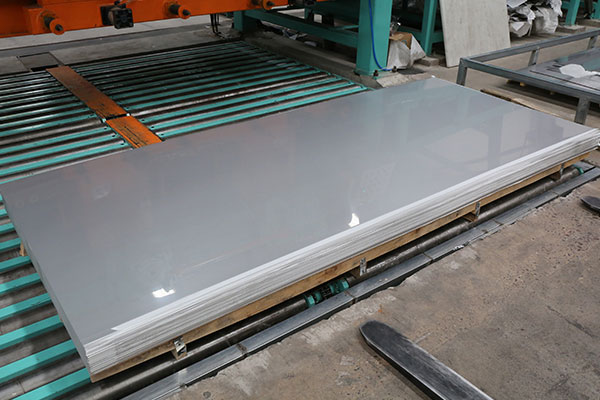How 304L Stainless Steel Plates Reduce Carbon Footprints?
Date:2025-04-15View:834Tags:Ronsco, 304 Stainless Steel Plates, 304 Stainless Plates, 304 Plates
The global manufacturing sector is undergoing a seismic shift toward sustainability, driven by tightening environmental regulations and corporate net-zero commitments. At the heart of this transformation lies a quiet hero: 304L stainless steel plates. Renowned for their low carbon footprint and recyclability, these corrosion-resistant alloys are becoming indispensable in industries striving to balance productivity with planetary responsibility.
Unlike traditional carbon steels, 304L stainless steel plates inherently support circular economy principles. Their chromium-nickel composition enables near-infinite recyclability without loss of performance—a critical advantage as manufacturers face pressure to reduce virgin material consumption. Studies show that over 90% of 304L stainless steel is recycled at end-of-life, slashing mining demands and cutting CO₂ emissions by up to 70% compared to primary production. This lifecycle efficiency aligns perfectly with ISO 14001 standards, making 304L a preferred choice for automakers, construction firms, and food processing plants seeking greener supply chains.
The chemical and energy sectors provide compelling examples of 304L’s sustainability impact. In biofuel refineries, where acidic byproducts rapidly degrade conventional metals, 304L plates withstand aggressive environments while eliminating frequent replacements. A recent project by a European biodiesel producer replaced carbon steel reactor vessels with 304L alternatives, reducing annual maintenance-related emissions by 42%. Similarly, solar panel manufacturers use 304L mounting structures for their resistance to weathering, ensuring 30+ year service lives that minimize material waste.
China’s manufacturing giants are accelerating this trend through innovations in 304L production. By adopting electric arc furnaces (EAFs) powered by renewable energy, mills like Baosteel and TISCO now produce 304L plates with 35% lower embodied carbon than global averages. These advancements are reshaping export markets: Southeast Asian data centers, for instance, increasingly source Chinese-made 304L plates for server room cladding, citing both fire safety benefits and LEED certification advantages.
Economic incentives further bolster 304L adoption. While initial costs slightly exceed carbon steel, 304L’s longevity and low maintenance deliver 20-40% lifecycle cost savings—a calculus driving its use in wastewater treatment plants and pharmaceutical cleanrooms. The U.S. Inflation Reduction Act’s tax credits for sustainable materials have also spurred North American manufacturers to switch to 304L for structural components.
As industries converge on decarbonization goals, 304L stainless plates are no longer just a material choice—they’re a strategic enabler of sustainable manufacturing. With projections indicating a 5.8% annual growth in demand through 2030, this alloy is proving that industrial progress and environmental stewardship can coexist.
 English
English Русский
Русский







